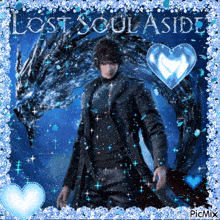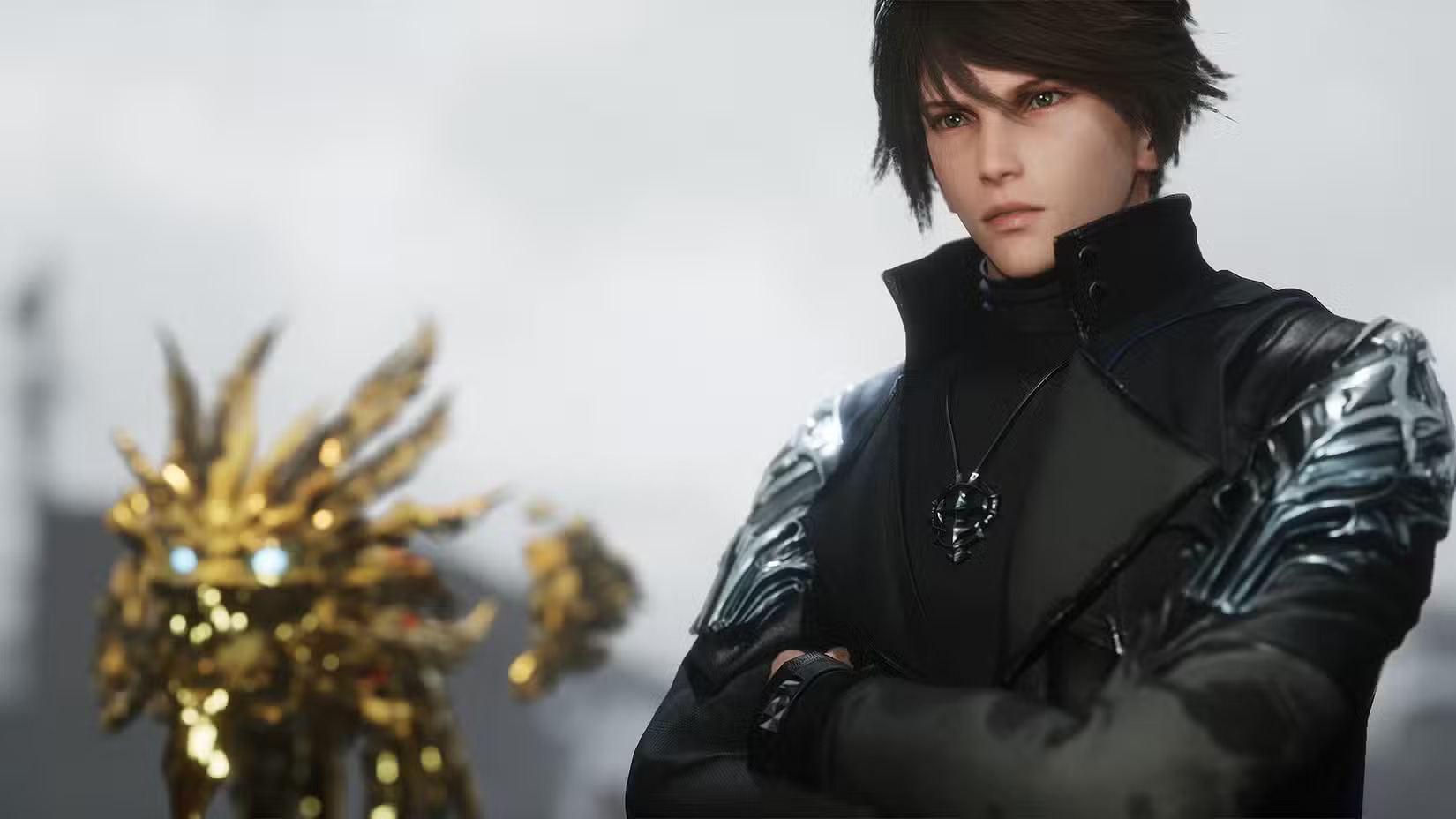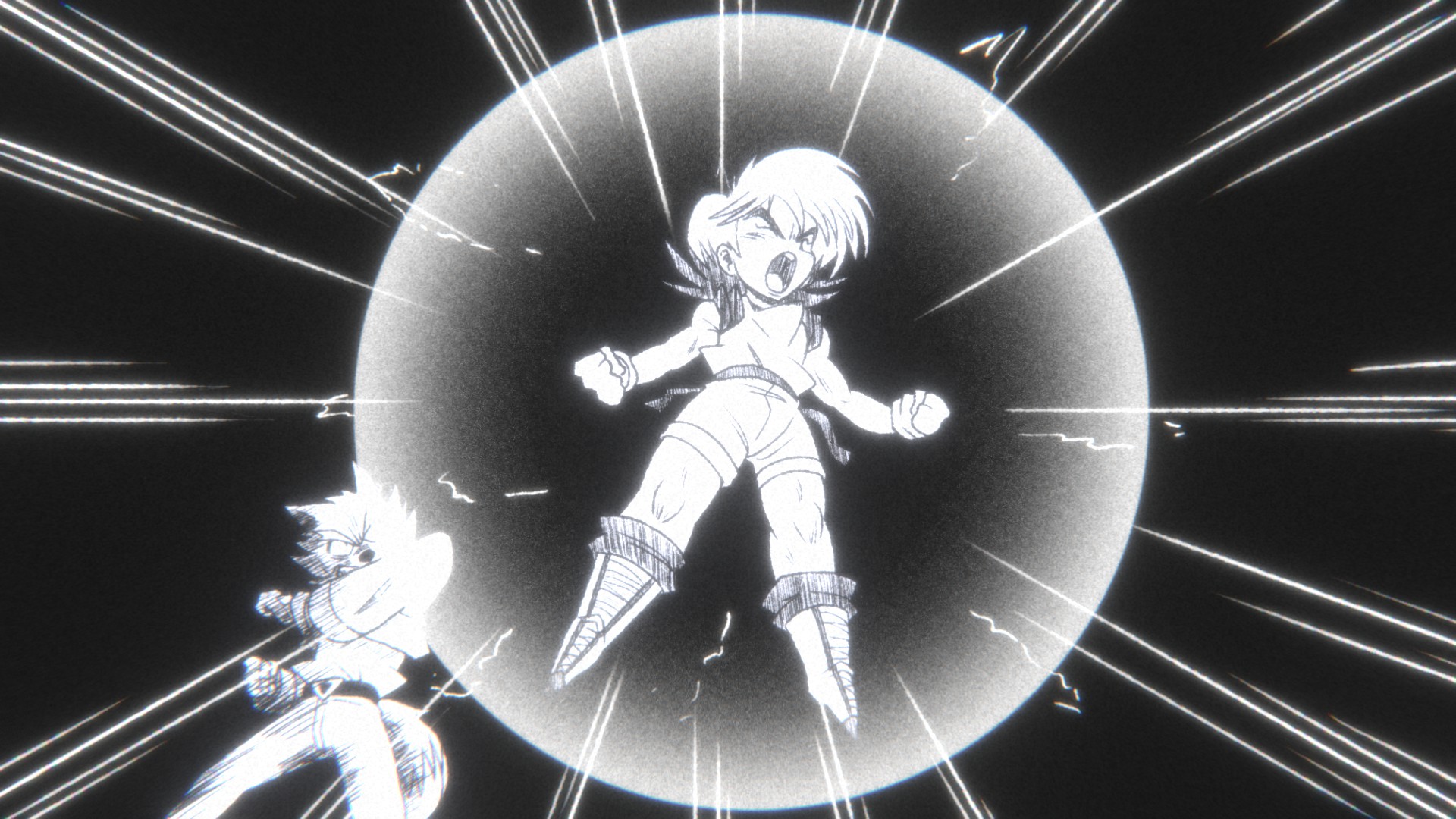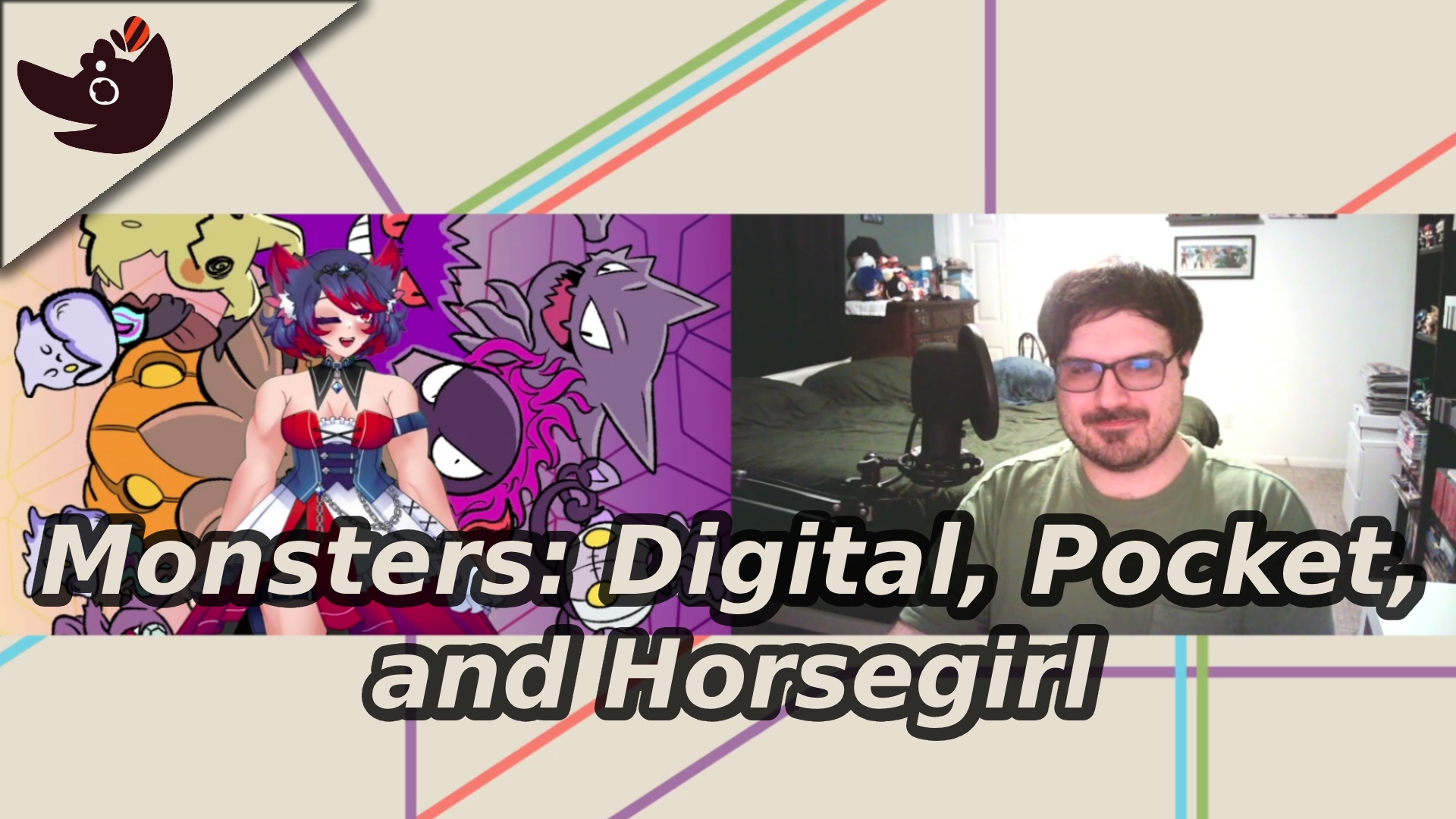Across my 20+ hour playthrough of Lost Soul Aside, I found myself constantly hoping that things were going to get better.
That’s not exactly the ideal feeling you want to have when experiencing a work, but it’s also not that unusual. During the creation of anything, there will always be compromises, unexpected turbulence, and the creative classic of biting off more than you can chew. Lost Soul Aside is a perfect example of how all these aspects can intersect and create an inscrutable mess, burying its own honest heart.
Lost Soul Aside has been in development for quite some time, first being announced over 8 years ago with a short cinematic proof of concept that caught the eye of Sony’s China Hero Project, an initiative designed to shine an international light on various levels of games from China as its more mainstream gaming scene continued to grow. Afterwards, there were a few short playable sequences shown off over the years at various events like Gamescom to reassure that the game was still in development, but behind the scenes it seems like development was a lot rougher.
If you couldn’t tell from looking at protagonist Kaser (who I viewed for years as a weirdly buff Noctis), Lost Soul Aside is heavily inspired by Final Fantasy XV, and especially by its prior incarnation as Final Fantasy Versus XIII. In an almost inverse approach to how Versus XIII’s development went however, Lost Soul Aside started as an open world game, and then pivoted to a more linear level-based affair. This was the correct move for sure, but as most of us can imagine the development debt of making an open world game and pivoting to something smaller is something that’s almost impossible to recover from (most recently seen in the bafflingly huge and death fog filled Bayonetta 3).
When you create an open-world game—as we’ve seen with countless series’ pivots like Elden Ring or Breath of the Wild—the impulse is to design things in a very specific way. Maps obviously become larger and more spread out, but there’s even more minute concepts than that. What do you fill your world with? It probably shouldn’t just be a bunch of wide expanses between main story events and areas, so maybe you should add a crafting system with ingredients scattered everywhere, and treasure chests with armor and weapons. You probably create a bunch of NPCs and settlements it would make sense to check in on every now and again, and you probably create a world map for fast traveling that has a bunch of cute little details in it.
Now think about designing a linear action game like Devil May Cry. You don’t need any specific world geography to make sense, so you can just make spectacular unrealistic landscapes. Smaller environments are much more conducive to things like focused platforming challenges. There’s no need to fill the world with a ton of gear and equipment because the focus is on player skill expression and filling out a kit, so you can tone down side objectives into more rewarding affairs since there are more obvious places to mete them out.
With all of these variances in design philosophy and expectations, one might imagine that building one approach upon the bones of another could lead to an impossibly incongruous mess of a game.
In Final Fantasy XV’s case, this manifested as a game with a pretty interesting and beautiful world to explore and engage with, married to a perfunctory combat system and a linear main story that had basically nothing to do with it. In Lost Soul Aside’s case, you have a fairly compelling and deep combat system in a completely unremarkable and empty world, with a story that suffers entirely because it’s missing all the depth its original longer format would’ve provided. It’s a mess!
Long preamble, I know, but explaining what kind of process the development of Lost Soul Aside went through can help explain exactly what is so wrong with it as a game. Despite my comparisons to Final Fantasy XV, this isn’t a game with a huge budget and years of talent behind it at all. There is an impressive degree of graphical fidelity to be sure, but with a reported budget of around $8 million USD, it’s a far cry from something like FFXV’s $120 million+. This was also the team’s debut project, with its lead creative only just coming to grips with actually making a whole ass game, and a team that consistently lost heads to bigger and more established companies as the Chinese gaming market grew.
Even knowing all these things, and understanding the reasons behind it all, that doesn’t mean we can just sit back and be like “well, you did your best!” It would be disingenuous to Lost Soul Aside as a work! There’s this constant push and pull in the gaming critique sphere as we learn about things like crunch and executive interference that can cause us to want to be kinder, but by only ever being kind, we remove the potential to understand mistakes and try to create resources for the future to learn from. So with all this said:
Lost Soul Aside is a character action game in the vein of works like Bayonetta or the Kingdom Hearts series, where you control a specific character with a complex moveset as they navigate curated enemy encounters. You play as Kaser, the leader of a Final Fantasy VII-esque rebel group named GLIMMER that is attempting to fight back against an empire that has taken over and colonized most of the known world under the rule of its seemingly immortal leader Emperor HighCastle. During one of GLIMMER’s anti-imperial operations, aliens known as Voidrax suddenly invade, and Kaser strangely finds himself bound to a dragon named Lord Arena who’s been trapped underneath the imperial city for hundreds of years. Amidst the invasion, Kaser’s sister Louisa has her soul sucked out by a Voidrax, sending him on a journey across the world to save his sister’s soul, and stop threats new and old.
The first thing you’ll probably notice when playing Lost Soul Aside in English is that the localization is Not Great. Some lines of text are randomly untranslated, and everything is seeped in a super literal Chinese translation that you still see now and again, but was much more popular in the early days of machine translation. When I capitalized Emperor HighCastle like that, it was not a “bit”; most characters have similar naming conventions that surely make sense for the original text but come across as incredibly clunky in English; Lord GoldenLion, Lady RoseQueen…so on and so forth. Almost every line reads as incredibly stiff or declarative, following grammatical sensibilities that end up feeling just as alien as the Voidrax! (sorry i thought this was funny to say like a 90s review)
This doesn’t do the incredibly poor voice performances on display any favors, even if it’s one of the funniest dubs I’ve heard. Every character comes across as incredibly confused at all times, lines flow into each other, sometimes the audio just cuts out midsentence inexplicably. I saw some people refer to this as one of the worst dubs they’ve seen in recent times, but honestly, honestly, I think specifically the delivery of the two leads in Kaser and Arena actually elevate what would otherwise be an incredibly dreary, tropey pair you could find in basically any shonen anime. There’s something about the way that Kaser says things like “The Liquid Energy Entity…it seems so powerful” in a monotone, only to be answered by Arena going “Ahhh!!!! I was wondering when you would ask about that!” after they have already talked about the Liquid Energy Entity for the last ten minutes, that’s just…enrapturing.
Positively, Lost Soul Aside’s combat feels like a variant of Final Fantasy XV that actually cares about being something. My biggest issue with Final Fantasy XV outside of its story was that the core combat was absolutely miserable. Noctis warp striked. That’s all he does. He gets 13 different weapons but he may as well have half of one for all the depth they have. Even with DLC eventually opening up other party members to be playable with their own gimmicks, it’s not like you’re ever going to be meaningfully challenged by something within that game’s world for it to matter.
In Lost Soul Aside, Kaser doesn’t just mash the singular attack button and teleport in when he gets too far away, he actually has a pretty sizable kit. There’s a light attack, a heavy attack, a follow-up attack, and variable actions depending on analog inputs and whether or not you’re in the air. There are four weapons, each with their own gimmicks and skill trees that gradually add more combos and techniques as you fill them out. There’s the default Sword that basically just exists to let you do Devil May Cry’s Judgment Cut, a Greatsword used for slower charge-based attacks, a Glaive focused on spinning and ranged attacks, and a Scythe mainly used for crowd control while you use other weapons. On top of all this there’s a Gifted Energy system that lets you enhance your moves as you get your combos in, a stamina system that controls how much you can dodge, parry, or use special moves, three customizable Arena Powers (that let you do things like summon a tree that heals you, do a big hit, etc) with their own meters to fill up, all with a fairly simplistic Devil Trigger.
This all sounds like a lot, but each individual mechanic is slowly doled out over the course of the game, with weapons coming into play hours apart, giving you plenty of time to gradually get a feel for what they’re capable of. If anything, the game could stand to unlock things more quickly. For the first ten or so hours you’re locked to two slowly charging Arena Powers and just the first two weapons, which gives a really bad impression of the potential in this combat system. When you have all your tools and most skill trees filled out by the end of the game, combat gets close to being as fun as something like Bayonetta, with its own twists and ideas. Finally pulling off a combo where your scythe is juggling an enemy with turrets around it, you’ve just made a tornado in the air with your glaive, and you quickly switch to your sword to unleash a barrage of slashes, it feels great! You can see the potential of what action games can be like, something that’s continually been eroded by the omnipresent influence of the Souls genre within the space.
I think concepts like using stamina to limit how many parries and dodges you can do makes combat interesting as well. There’s nothing wrong with the Devil May Cry approach of a Royal Guard stance you can utilize with a lot of practice, but there’s also fun to be had in being able to parry if you are smart. Having the stamina bar refill so fast in comparison to a Soulslike means even if you’re spamming moves, you can get back into a state of having resources pretty quickly, but you’re punished for mindless play. The only real problem is just how loose and inconsistent the presentation of all these things really is.
Presentation is actually one of the most important aspects of an action game that gets easily ignored when we’re discussing things like complexity and interest. Recently, we saw how the removal of hit-stop effects in Monster Hunter Wilds’ first beta made a lot of people feel much more negatively about a weapon’s moveset, even if the core of it hadn’t changed that much. That’s because the weight of those moves, the feeling of them being executed, was completely absent. In many cases, I think what can make people so anal about what a “real” character action game is, can be tied to just how weighty or impactful their attacks and movements feel within the game space. God of War is always in contention with this, because the original series very much leaned into a looser Hack-and-Slash feel, with impact only emphasized in its QTE boss fights.
A big issue with Lost Soul Aside is that a lot of attacks, and specifically the way you engage with enemies, can feel completely weightless. Various patches have come out since its release in August to try and remedy this, with louder sword clangs and cutting noises, or heavier slam animations with the great sword, but they can only do so much. A large component of this is the “break bar” nature of the game’s harder combatants, where most tougher enemies have a break bar you have to get through before they stagger or react to your attacks in any way. It’s fine to make a distinction between rank and file enemies and more elite thoughtful ones, but by the time you get to the halfway point of the game over 50% of the enemies you’ll face have break bars attached to them, which makes everything just feel so much more dull than it needs to be. If I’m slamming down a giant greatsword on a guy the same size as my player character, I don’t expect them to just stand there idly after…at least have them stumble a bit, you know?
But that level of weightlessness is pervasive throughout the entirety of Lost Soul Aside. Most mid-boss fight cutscenes have horrible audio balancing, cutting out the pretty decent battle themes to play sound effects at what sounds like 5% on the volume slider. The story doesn’t even try to ascribe any sort of comprehensive morality to any of its characters, taking for granted that you will just accept the idea of a rebellion against an evil empire. Why does Kaser want to fight back against the empire? We can assume nebulous concepts like class divide and fascism, but in what ways? What would any of this mean in this world where there are random immortals everywhere?
I assume many of these problems came from the game’s troubled development, but at the same time it reminds me so much of the types of RPG maker games you can find on places like DLsite where someone really likes one specific game and just replicates it as close as they possibly can while injecting their legally distinct OCs. There’s nothing wrong with that, but it does showcase just how much of a freshman project Lost Soul Aside is, and I don’t think freshman projects should take almost ten years and millions of dollars to make.
Like I said at the outset, I really wanted to like Lost Soul Aside. The character action space is so devoid of new entries (though this is changing even as we speak), that it feels bad to tear down someone actually trying to fill the niche. There are some things that the game genuinely does better than other character action games! The bosses at worst are just boring, which is a feat given the average Devil May Cry or Ninja Gaiden has at least two guys you want to finish fighting as soon as possible! But it’s just not enough.
I don’t know if more time in the oven would’ve helped Lost Soul Aside, and I dread to think how it would’ve looked if it had met its original release date back in the spring. This is a game that punched way too far above its weight class, and while I admire the creators’ ambitions, they were not ready to take on a project of this depth and scale, and it’s little wonder the original open world ambitions fizzled out. If the developers get another shot, I’m sure they could take some of their ideas and make something with a lot more cohesion and impact, but as is, you’d probably be better off leaving this one Aside.

Disappointing
"A Soul Mismatch"
Lost Soul Aside's tumultuous development is unfortunate, with little left to savor in what's been salvaged.






